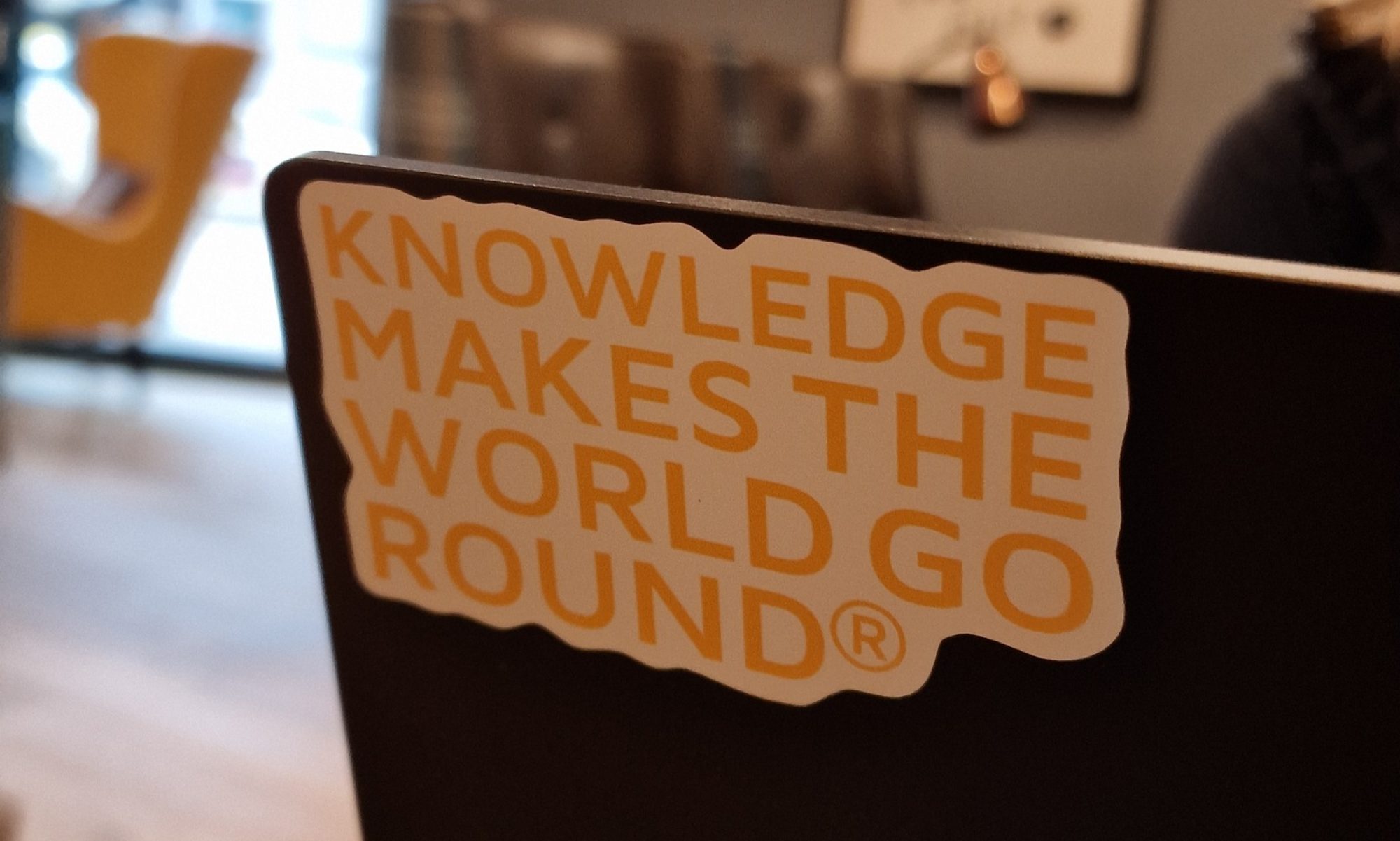Eric von Hippel hat schon 2005 mit seinem Buch Democratizing Innovation (frei verfügbar) gezeigt, dass Innovation immer noch zu sehr als Innovation von Strukturen/Organisationen verstanden wird. Nun erweitert Eric von Hippel seinen Ansatz und wird im September 2016 sein neues Buch herausbringen, das Free Innovation heißen wird. Ich freue mich schon jetzt darauf! Zu einer Konferenz hat Eric von Hippel nun einen kurzen Einblick in das Buch gegeben (PDF-Datei). Unter Free Innovation versteht Eric von Hippel folgendes (Seite 1):
I define a free innovation as a functionally novel product, service, or process that (1) was developed by consumers at private cost during their unpaid discretionary time (that is, no one paid them to do it) and (2) is not protected by its developers, and so is potentially acquirable by anyone without payment – for free. No compensated transactions take place in the development or in the diffusion of free innovations.
Dabei bezieht er sich mit Free Innovation – im Gegensatz zu Wirtschaft oder Verwaltung – auf den ´household sector´(Seite 2):
Free innovation is carried out in the “household sector” of national economies. In contrast to the business or government sectors, the household sector is the consuming population of the economy, in a word all of us, all consumers, “all resident households, with each household comprising one individual or a group of individuals…” (OECD 2013, 44).
Darin unterscheidet sich der Ansatz von Eric von Hippel, von dem Ansatz von Chesbrough (2003), der Open Innovation mehr als Modell für Organisationen versteht, die sich mit ihrem Innovationsprozess öffnen. Ich finde beide Ansätze sehr spannend. Eric von Hippel habe ich 2007 auf einer Konferenz am MIT in Boston erleben dürfen – Chesbrough dann später 2011 auf einer Konferenz in San Francisco (Siehe dazu auch meine Veröffentlichungen). Solche Ansätze werden von mir in dem von uns entwickelten Blended Learning Lehrgang Innovationsmanager (IHK) erläutert. Hinweise zu unseren Zertifikatslehrgängen finden Sie auf unserer Lernplattform.

